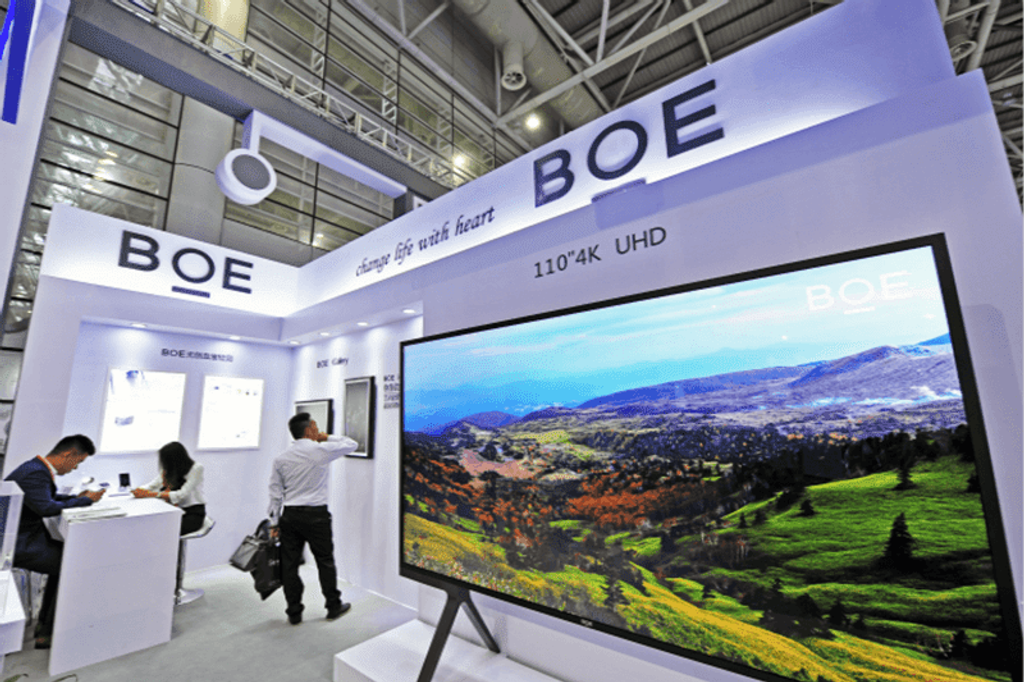- Matching (Score)
- Our verdict
- Competing TVs
- TV appearance
- Where to buy
- Contrast and black detail
- HDR effect quality
- Factory color reproduction
- Color reproduction after calibration
- Smoothness of tonal transitions
- Image scaling and smoothness of tonal transitions
- Blur and motion smoothness
- Console compatibility and gaming features
- Input lag
- Compatibility with PC
- Viewing angles
- Daytime performance
- TV features
- Apps
- Playing files from USB
- Sound
- Panel details
LG UA75006LA (IPS) Review
Available screen sizes:
Diagonal with a different matrix: ,
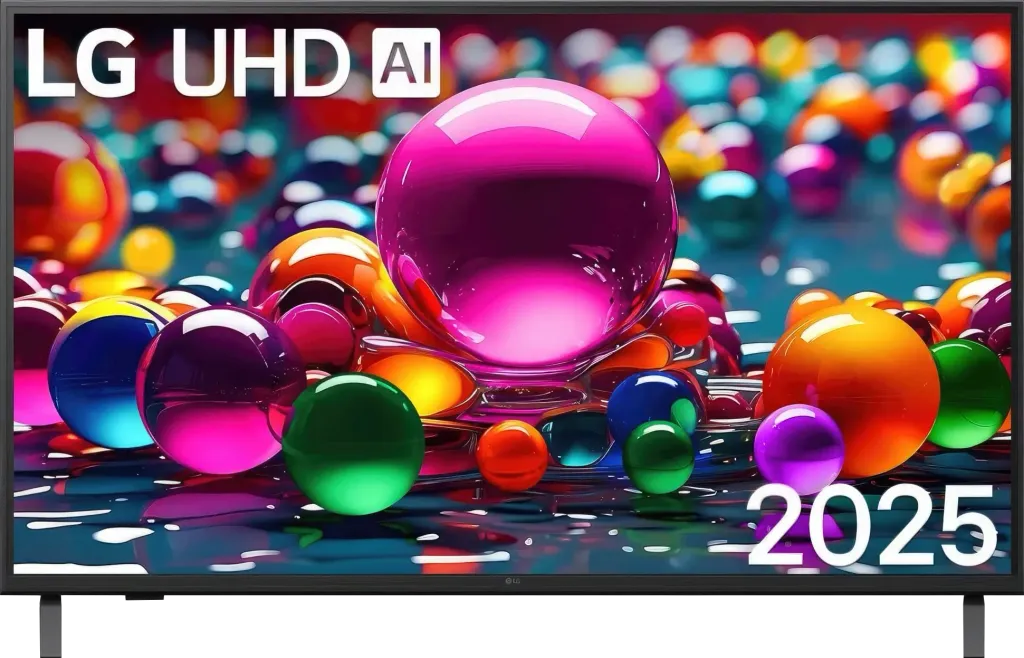
Complete the survey to find out the result
Panel type: LCD IPS Refresh rate: 60Hz Brand: LG Resolution: 3840x2160 System: WebOS Model year: 2025
The UHD television line from LG has been attracting the attention of those seeking the cheapest large screen for years. The latest representative of this series for 2025 is the UA7500 model. Depending on the diagonal size, we will encounter various solutions – in this review, we focus on the version with an IPS panel. And here comes the question: can such an affordable television truly meet expectations? And if so, who will be the most satisfied with it?
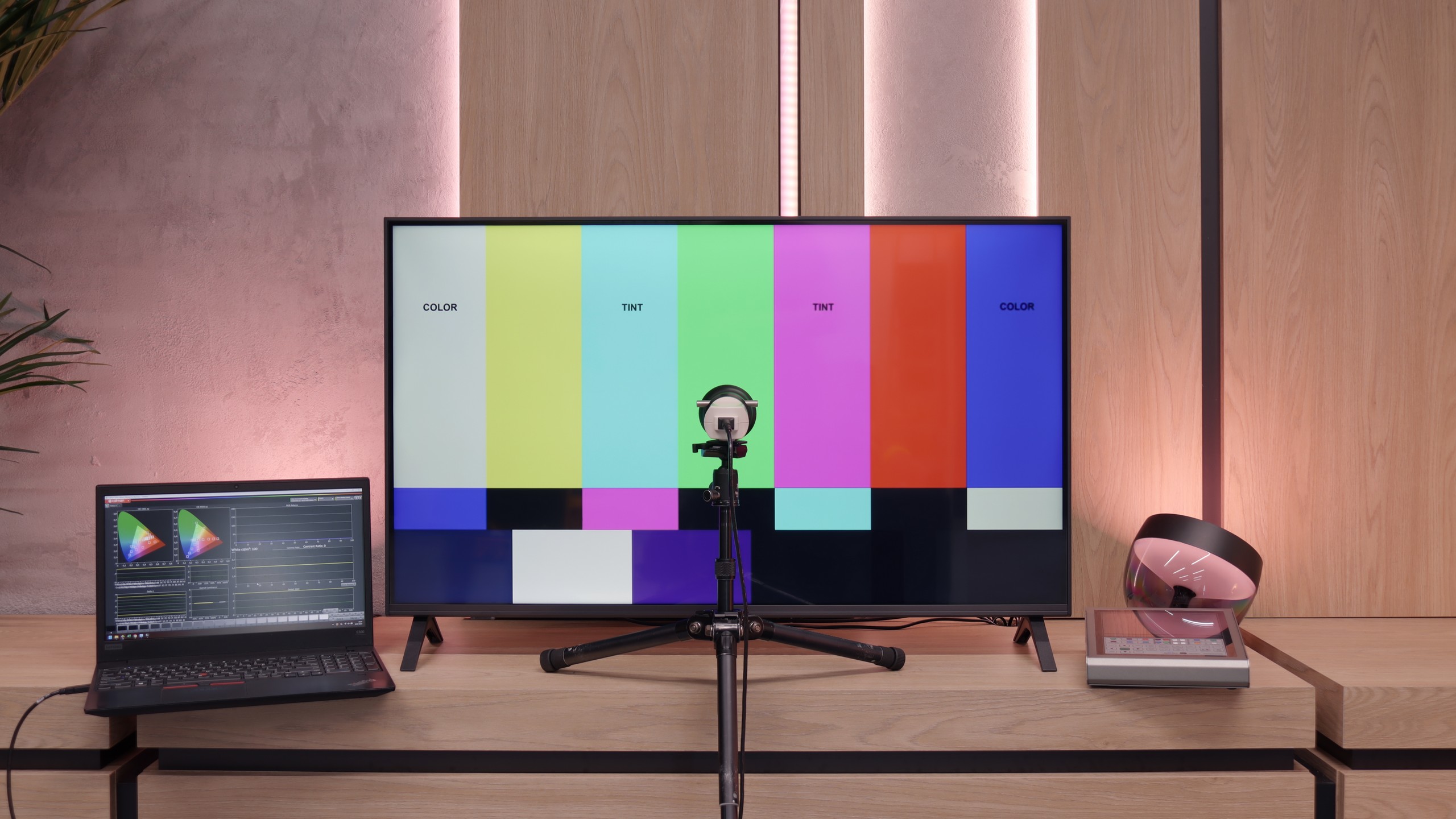
LG UA75006LA - Our verdict
5.6
Overall rating
The LG UA7500 with an IPS panel also presents itself as a television primarily designed for everyday use. SDR content looks acceptable on it, upscaling and image processing are at quite a decent level, and webOS, as always, offers a lot of freedom – from YouTube to Netflix, as well as USB recording and AirPlay support. Similarly to the VA version, here we also find a set of features for gamers that may please the casual console user – ALLM, VRR in the range of 48–60 Hz, and Game Bar. This means that even despite hardware limitations, one can comfortably start their favourite game after work or school. The biggest advantage of the IPS variant is the wide viewing angles – the image retains its colours even when viewed from the side. However, the price for this is a significantly weaker black, which resembles dark grey more than deep pitch black, so this screen is best viewed in well-lit conditions. HDR is not a strong point of this model either, as its low brightness and limited colour palette greatly "flatten" it. But if we are looking for a television for everyday entertainment – news, films, series, or YouTube – the UA7500 performs this role quite well. It is a "regular" in the best sense of the word: cheap, simple to use, and with a system that provides really plenty of possibilities.
Advantages
Wide viewing angles, the image does not lose colours as much from the side
Very good readability of fonts when working with PC (chroma 4:4:4)
Ability to record to USB from built-in tuners
WebOS with a large selection of apps and support for AirPlay
Low input lag (below 10 ms)
friendly for the "casual gamer": ALLM, VRR (48–60 Hz), Game Bar, HGiG
Disadvantages
Very weak black levels and low contrast (approx. 1000:1)
Low brightness (approx. 250 nits), image easily disappears in daylight
Absence of dynamic HDR formats (Dolby Vision, HDR10+)
Quite a plasticky casing and no Magic remote included
Movies and series in UHD quality
5.0
Classic TV, YouTube
4.8
Sports broadcasts (TV and apps)
5.1
Gaming on console
6.7
TV as a computer monitor
6.0
Watching in bright light
4.0
Utility functions
7.0
Apps
9.1
Sound quality
6.0
Complete the survey to find out what fits your preferences
LG UA75006LA - Competing TVs in this price range
LG UA75006LA - TV appearance
HDMI inputs: 3 x HDMI 2.0, 0 x HDMI 2.1 Outputs: Toslink (Optical audio), eARC (HDMI), ARC (HDMI) Network Interfaces: Wi-Fi 2.4GHz, Wi-Fi 5GHz, Ethernet (LAN) 100Mbps
Build quality: Average
Stand type: Legs
Bezel color: Graphite
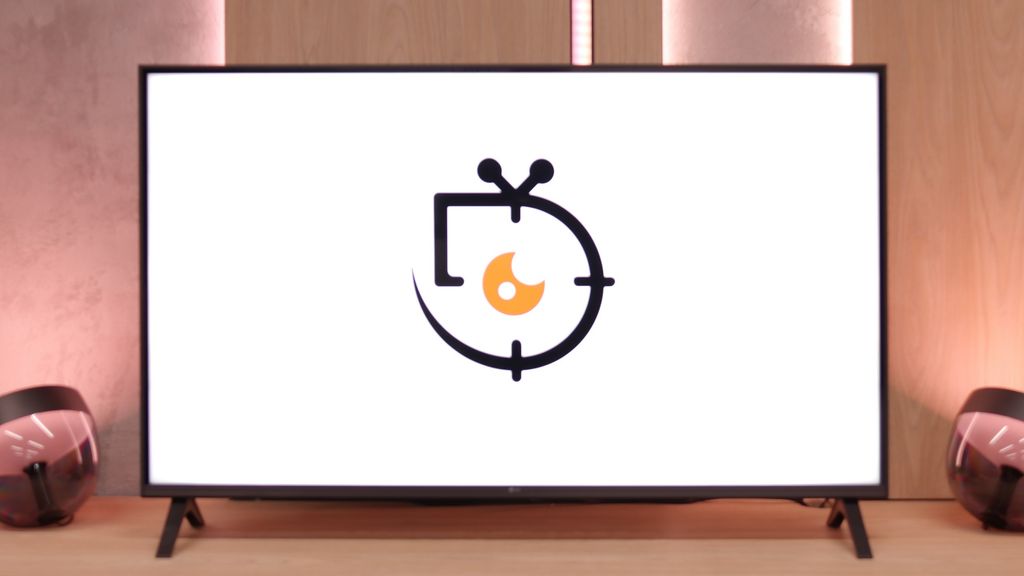
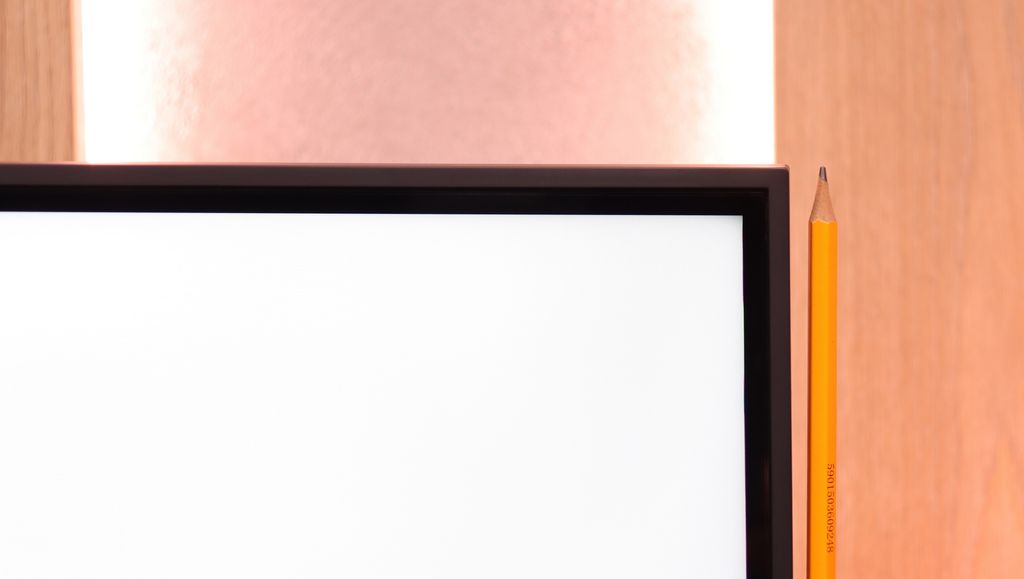
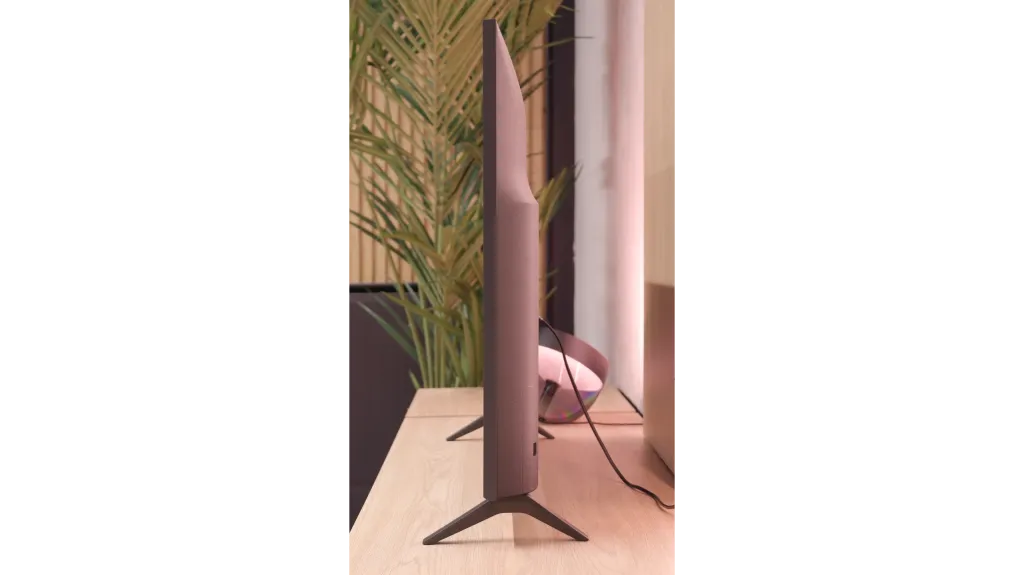
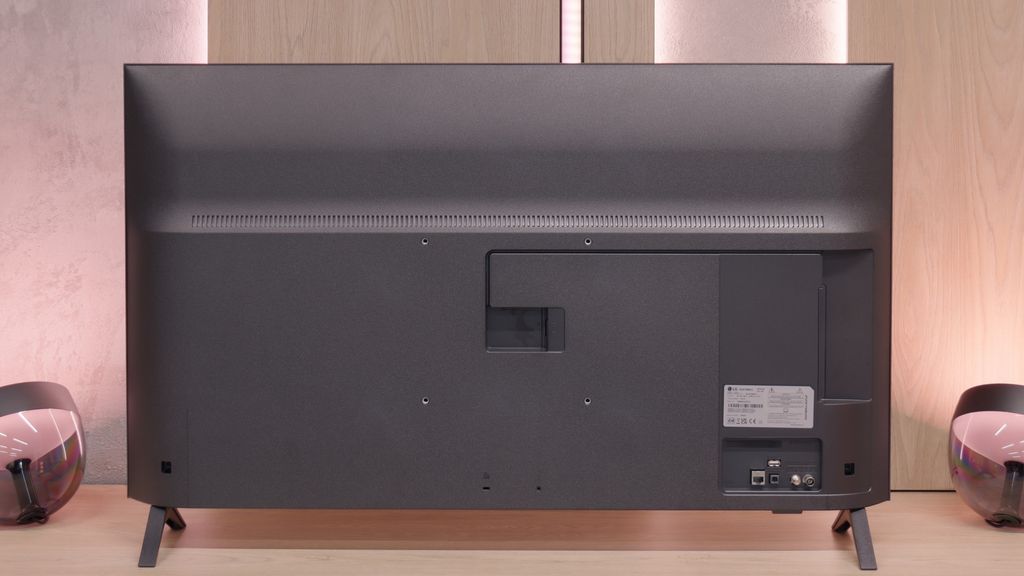
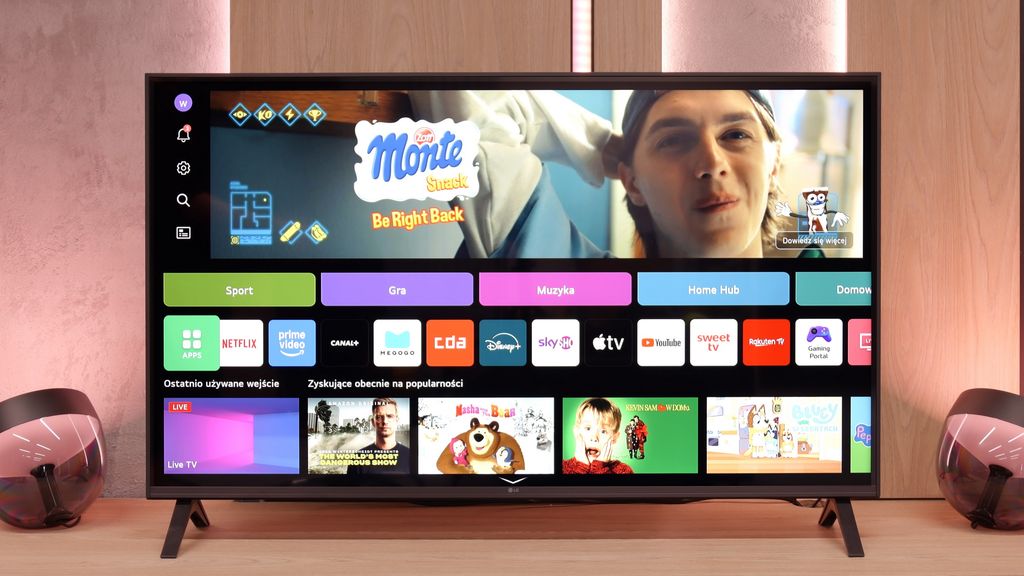
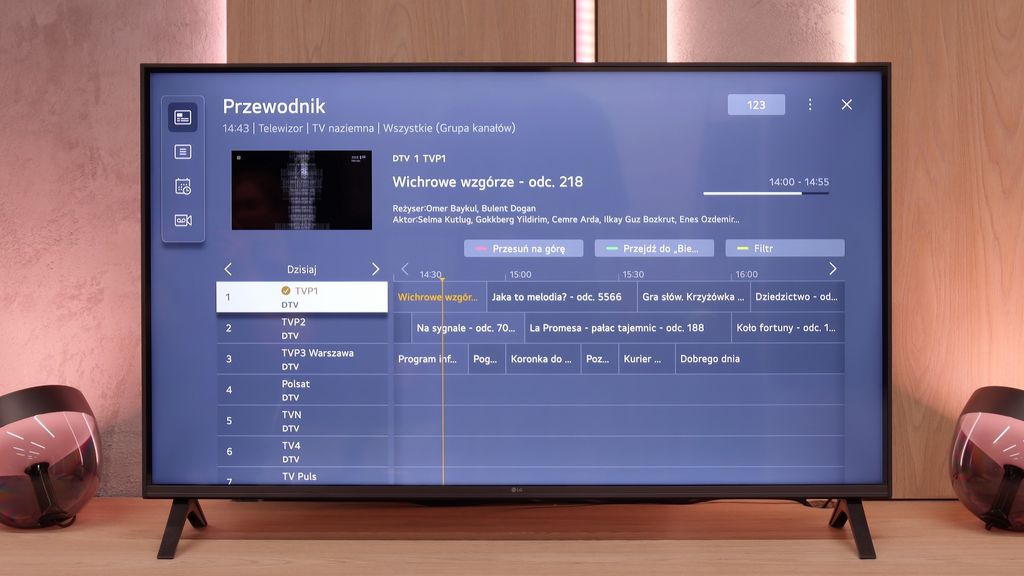
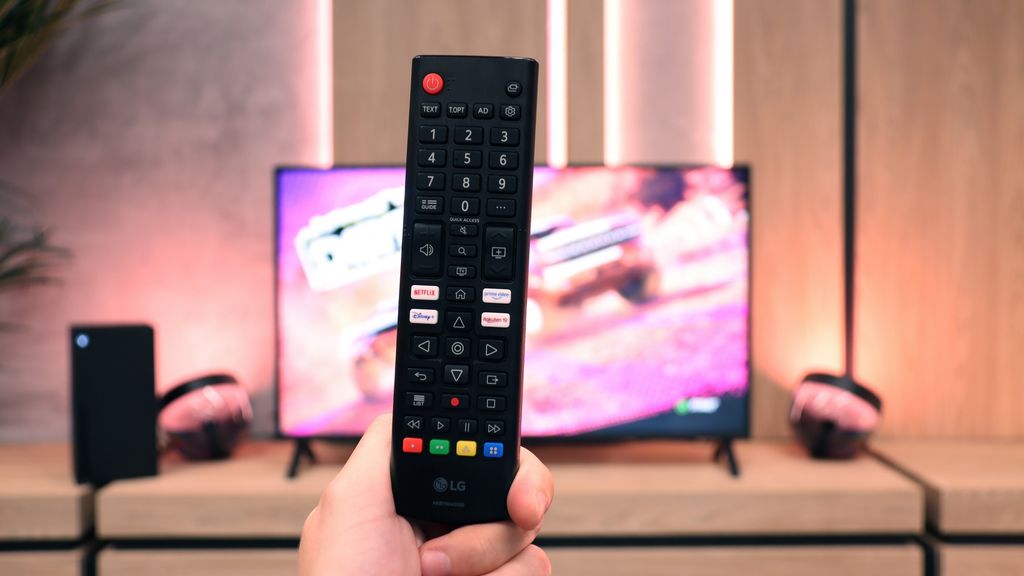
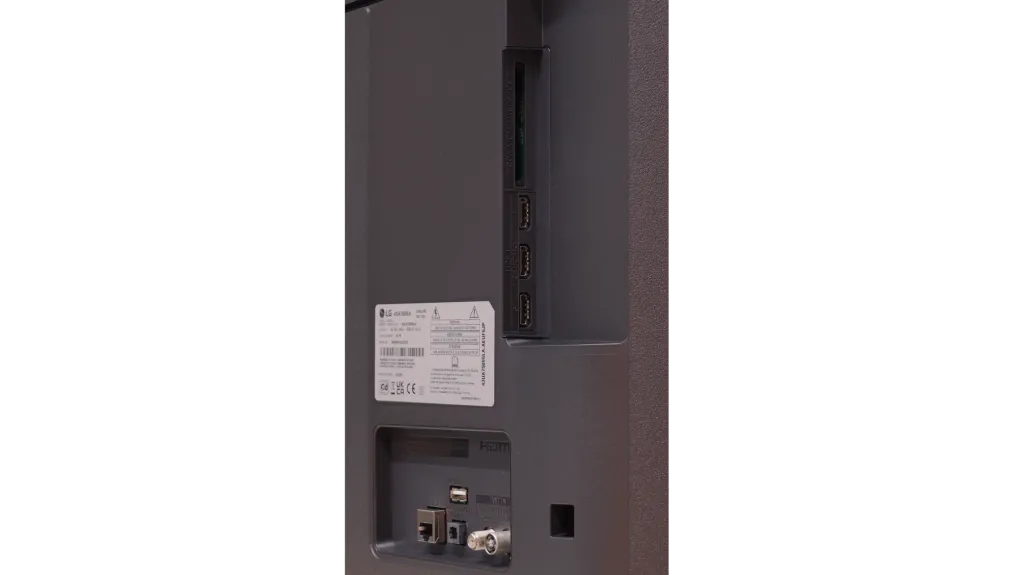
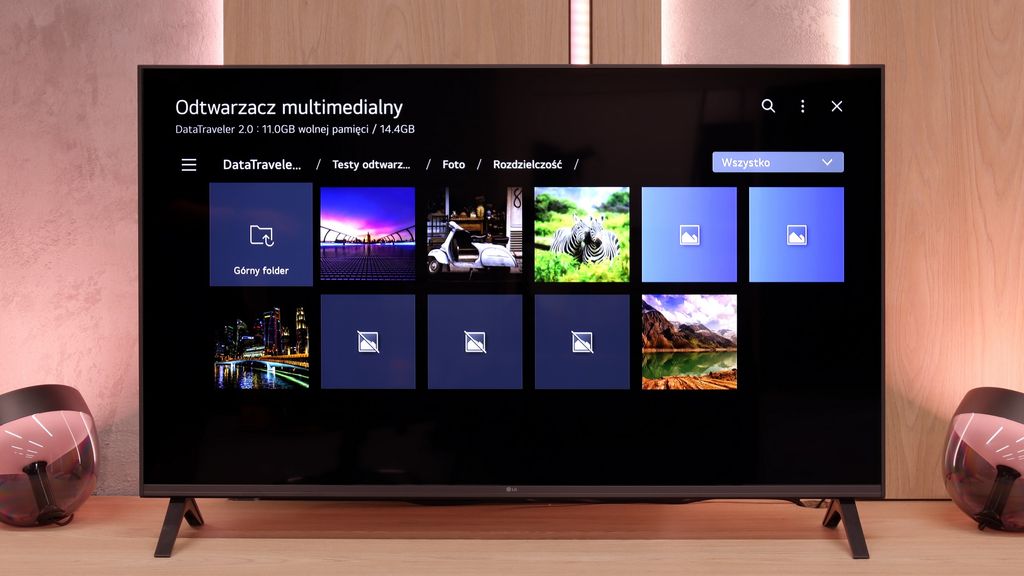
Stand: Fixed
Flat design: No
Accessories: Stand
At first glance, it is clear that the LG UA7500 belongs to the mid-range class. The television looks quite sleek, although its bezels are rather thick, immediately reminding us that we are not dealing with a premium model. The construction is mainly made of plastic, which gives a budget feel to the device. Looking from the side, we can see that the casing is quite chunky, and when mounted on the wall, the screen does not fit perfectly, causing it to protrude slightly. For those who prefer to place the television on a cabinet, the manufacturer has provided two widely spaced legs. This ensures that the whole stands stably, although it requires more surface space on the furniture.
Buy at the best price
Select size:
LG UA75006LA - Contrast and black detail
1.9/10
Local dimming function: No

Result
1,100:1

Result
1,050:1

Result
800:1

Result
900:1

Result
1,050:1
Visibility of details in the lights:
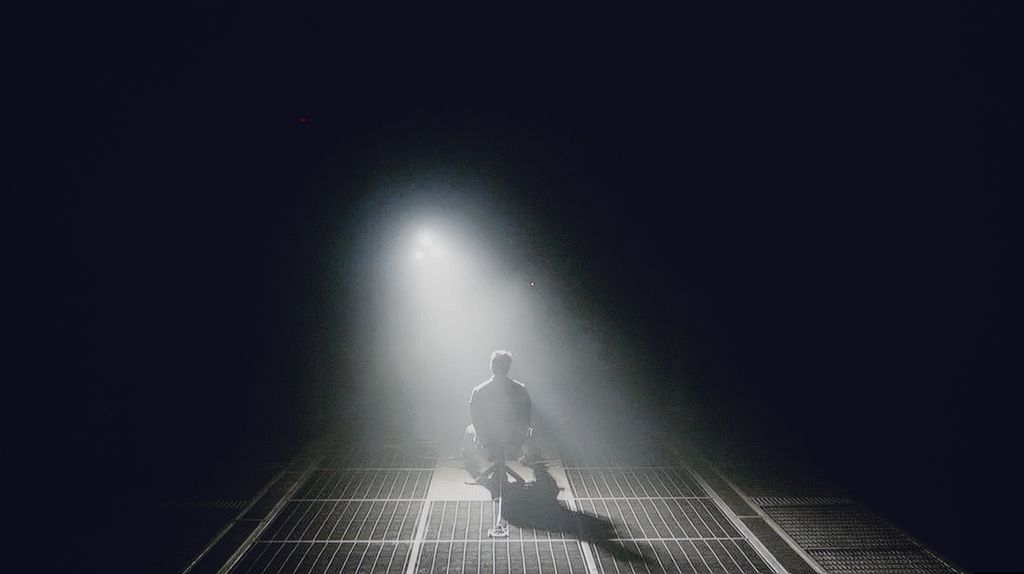
In the case of IPS panels, the situation looks completely different compared to the VA panel version. The contrast stops around 1000:1, which means that blacks are rather muted and resemble a shade of grey. During evening viewing, it's hard to talk about a cinematic atmosphere because the screen cannot separate bright and dark parts of the image as clearly as the VA variant does. However, in return, we get wide viewing angles, which work well in larger groups, when everyone is watching the television from different spots in the living room. It's a compromise that may not appeal to everyone, but in a bright room, while watching television during the day, it performs definitely better than during night screenings. Because it is during night screenings that the smallest LG UA7500 simply struggles.
Halo effect and black detail visibility:
LG UA75006LA - HDR effect quality
3.7/10
Supported formats: HDR10, HLG Color gamut coverage: DCI P3: 78.3%, Bt.2020: 57.1%
Luminance measurements in HDR:

Result
250 nit

Result
225 nit

Result
261 nit

Result
160 nit

Result
269 nit
The version with an IPS panel looks even more modest, where the peak brightness barely reaches 250 nits. In practice, this means that a real sense of HDR effect is out of the question, and the materials viewed resemble rather ordinary SDR. Similar to VA panels, the image behaves stably on most test patterns, but in demanding scenes with fine details, the television has a tendency to slightly dim the image. This allows for slightly better blacks; however, this comes at the expense of losing detail in bright elements. The absence of additional colour filters is also noticeable here. The UA7500 with an IPS panel does not belong to QLEDs or PFS LED panels, and the DCI-P3 colour gamut is limited to 80%, meaning that HDR films lack significant colour depth and appear quite flattened.
Scene from the movie “Pan” (about 2800 nits)

Scene from the movie “Billy Lynn” (about 1100 nits)

Our measurements were not just dry numbers – they quickly found confirmation when we reached for demanding test films. In the scene from Mr, where the image is bursting with strong contrasts and details, the UA7500 struggled to fully separate the bright and dark parts. The sun in the distance appeared completely washed out, and overall it lacked the clarity one would expect from good HDR. The limited colour palette was even more noticeable here – when standing next to a television equipped with additional filters that broaden the gamut, the difference is immediately apparent. It looked somewhat better in more down-to-earth productions, such as Billy Lynn, which was mastered to 1000 nits – a value we most often encounter on streaming platforms, such as on Netflix. In such content, it was evident that the dynamic tone mapping feature, when enabled, could somewhat salvage the image. The television then gained detail in the bright elements, and the colours achieved at least minimal consistency. It was still far from perfect, but at least in everyday use, the UA7500 did not seem completely helpless.
HDR luminance chart:
HDR luminance
LG UA7500 is not equipped with any dynamic HDR formats. There is neither Dolby Vision nor HDR10+, which often breathe new life into the image on lower-end televisions. It only takes turning on a film on a streaming platform to notice the difference – many productions are recorded and mastered in these standards, allowing even average panels to deliver more. In the case of the UA7500, that "lifeline" simply does not exist. It has been thrown into deep water, and the only floatation device keeping it afloat is the previously mentioned dynamic tone mapping feature. This solution is built into the television, which independently adjusts brightness and contrast to the scene. It works quite well, but it cannot fully replace formats with dynamic metadata.
Static HDR10

Factory color reproduction
5.6/10
The Filmmaker mode on the LG UA7500 performs better than one might expect from such a budget television, but let's not get carried away with praise. The picture is quite well put together and does not irritate at first glance, but its weaknesses soon start to show. This is most evident in scenes with bright points – lamps in the background or reflections of light on the skin are distinctly overemphasised. Characters' faces often appear unnatural, as if they have been 'overexposed'. Additionally, the default gamma setting brightens even the smallest details, causing the image to lose subtlety in darker areas. However, it remains true that for its price bracket, the UA7500 in factory mode offers a fairly decent starting point. It is clear that without additional adjustment, it will not be possible to avoid these issues, which is why – as with other televisions – we decided to see what could be achieved after calibration.
Color reproduction after calibration
7/10
The greatest improvement we noticed was during the calibration of the mode intended for everyday SDR content. We managed to smooth out the white balance in an acceptable way and control the issue of excessive brightening of fine details due to the gamma characteristics. As a result, the image gained the consistency and naturalness that was lacking in the factory settings. After this correction, we can confidently state that for everyday television content, programmes, or materials from YouTube, the LG UA7500 performs really well – especially after professional calibration. The situation is somewhat different for HDR content. Here, calibration allowed us to tame the white balance and slightly improve brightness management, but the limitations of the design are immediately evident. The lack of additional filters expanding the colour palette means that the most vibrant colours appear flat, and the image does not have the intensity one would expect from good HDR. Therefore, in SDR, the UA7500 performs quite well, but in HDR – despite the corrections – it remains far behind, and this is a feature one must accept when choosing this television.


LG UA75006LA - Smoothness of tonal transitions
8.2/10
In the version with an IPS matrix, one can also speak of decent fluidity – in most scenes, the colour transitions were smooth, and few would pay attention to them during everyday viewing. However, it should be noted that compared to the VA variant, the image appeared more flattened, especially in darker areas, where the lower contrast did not allow for as many details to be extracted. Despite this, the colour transitions still looked correct and did not pose a significant problem in practice.



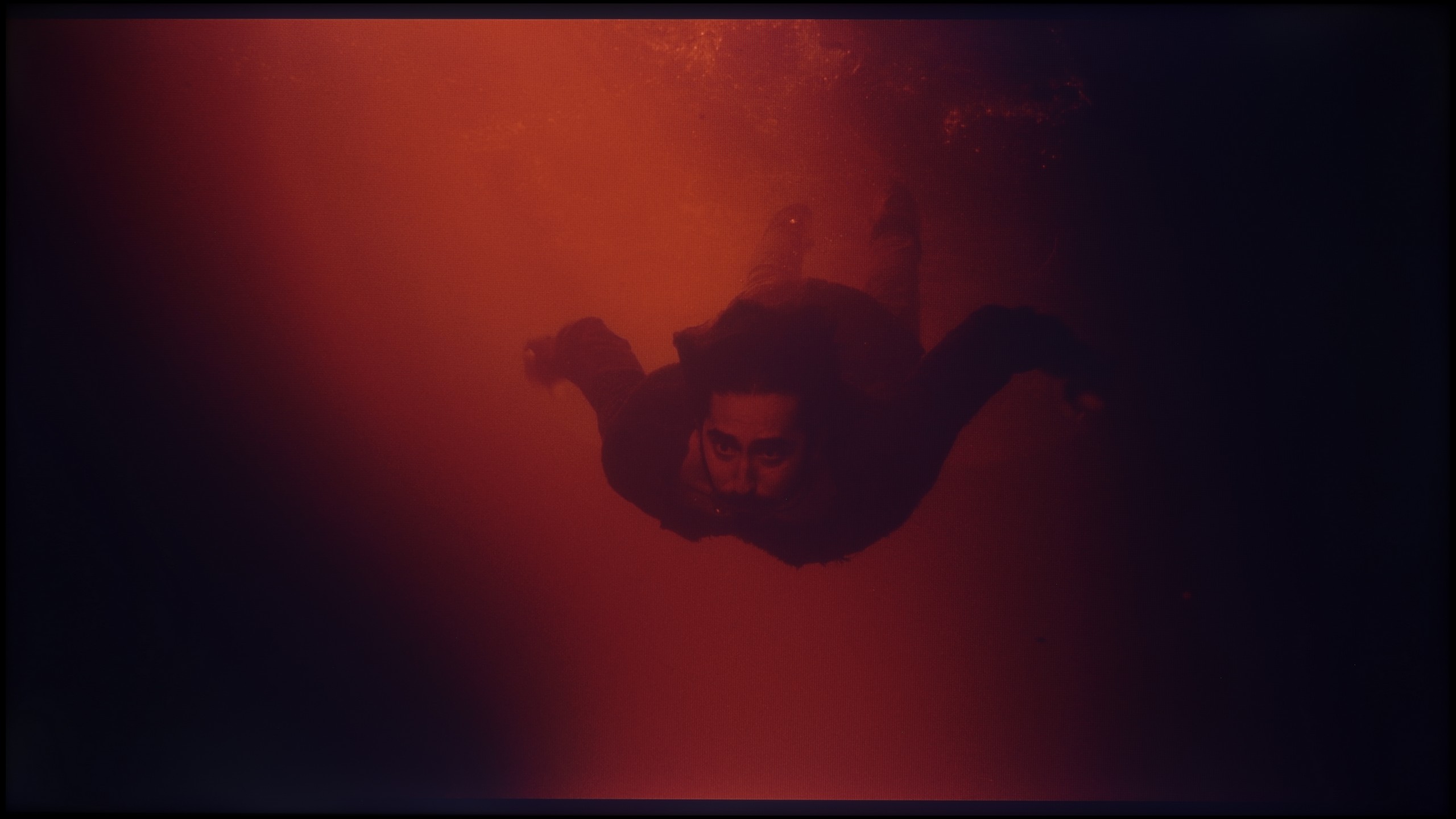




Image scaling and smoothness of tonal transitions
5/10
Smooth transition function
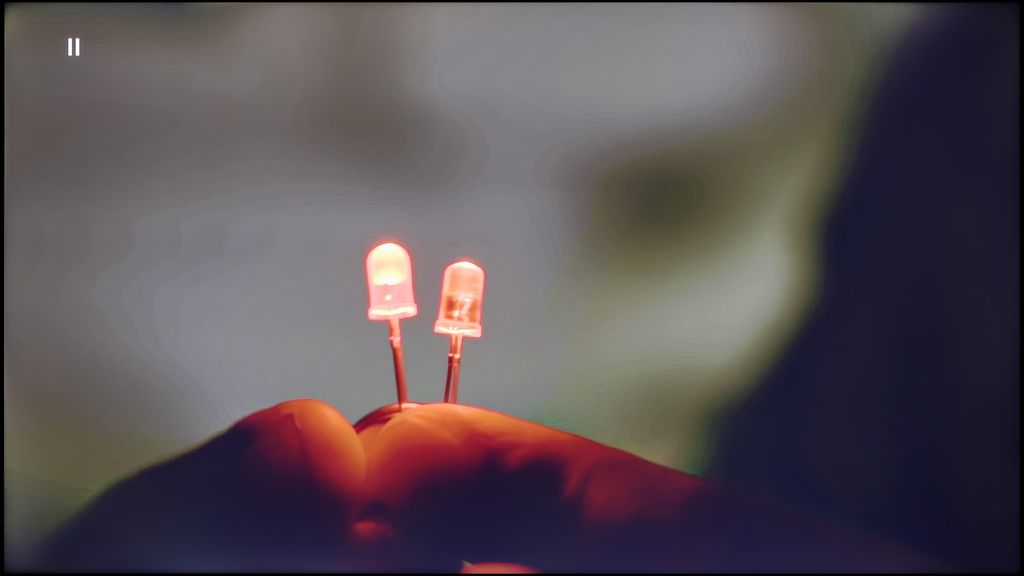
Image without overscan on the SD signal

The version with the IPS panel performed noticeably worse here. Image scaling was uneven – this was particularly evident in lower quality materials, where edges became jagged and the image appeared less detailed. At times, there was also a slight blur that diminished sharpness and made the overall impression seem less refined than in the VA version. The solution proved to be the tonal transition smoothing function. On the medium setting, it worked very well – it did not spoil the image with excessive softening, while simultaneously smoothing colours in such a way that everyday content gained coherence. The difference was particularly noticeable with television programmes or streaming materials with poorer compression quality, where the television with the function on presented itself much better. This is one of those additions that are worth keeping active, as they significantly enhance the experience of daily content.
LG UA75006LA - Blur and motion smoothness
4.5/10
Maximum refresh rate of the panel: 60Hz
Film motion smoothing option: Yes
Blur reduction option: No
BFI function 60Hz: No
BFI function 120Hz: No
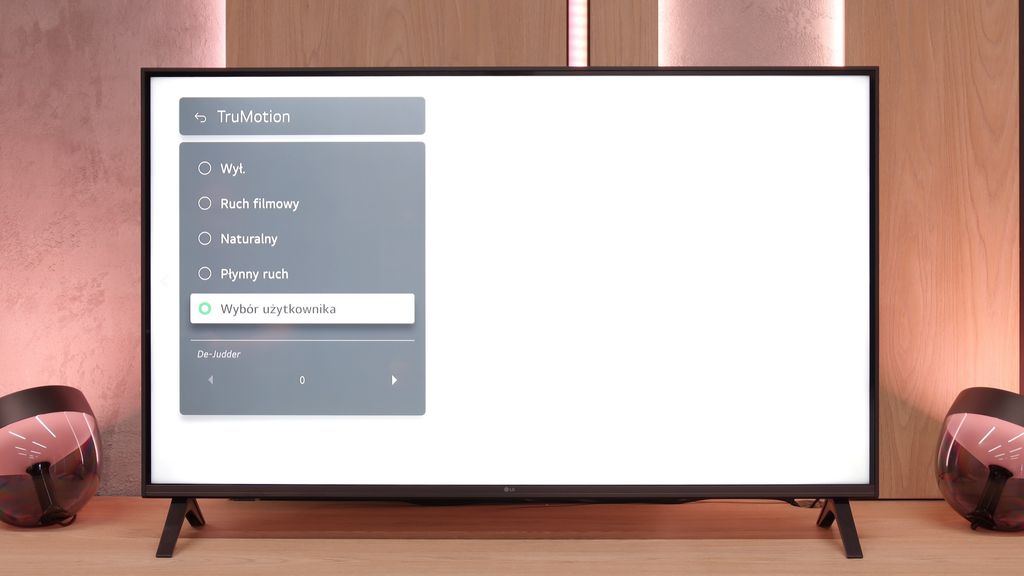
LG UA7500 is a television with a 60 Hz panel, so it is difficult to expect much excitement in this category. It is rather a screen designed for everyday content or an evening film screening rather than for following dynamic sports events or playing action games. It is clear that the manufacturer aimed this model at this group of consumers – and in this regard, it performs adequately. We have the TruMotion function available, which is a motion smoother. It is simple, has only one slider, but can make a noticeable difference. At the lower range, the picture looks more raw and cinematic, while at higher values, the motion becomes smoother and more pleasant to the eye.
The IPS model performed slightly better in this regard than the larger sizes. With the same sequences of fast motion, blur was less noticeable, and the image seemed clearer. This made, for example, football matches or racing look a bit more enjoyable to watch than on the VA version. This does not mean that trailing disappears completely – after all, we are dealing with a 60 Hz panel – but in direct comparison, it was indeed the IPS that turned out to be somewhat "cleaner".
*(the photos from the test of this variant have somehow gone missing, so you’ll have to take our word for it – until we find them or redo them 🙂)
LG UA75006LA - Console compatibility and gaming features
6/10
ALLM: Yes
VRR: Yes
VRR range: 48 - 60Hz
Dolby Vision Game Mode: No
Correct implementation of HGIG: Yes
1080p@120Hz: No
1440p@120Hz: No
4K@120Hz: No
Game bar: Yes
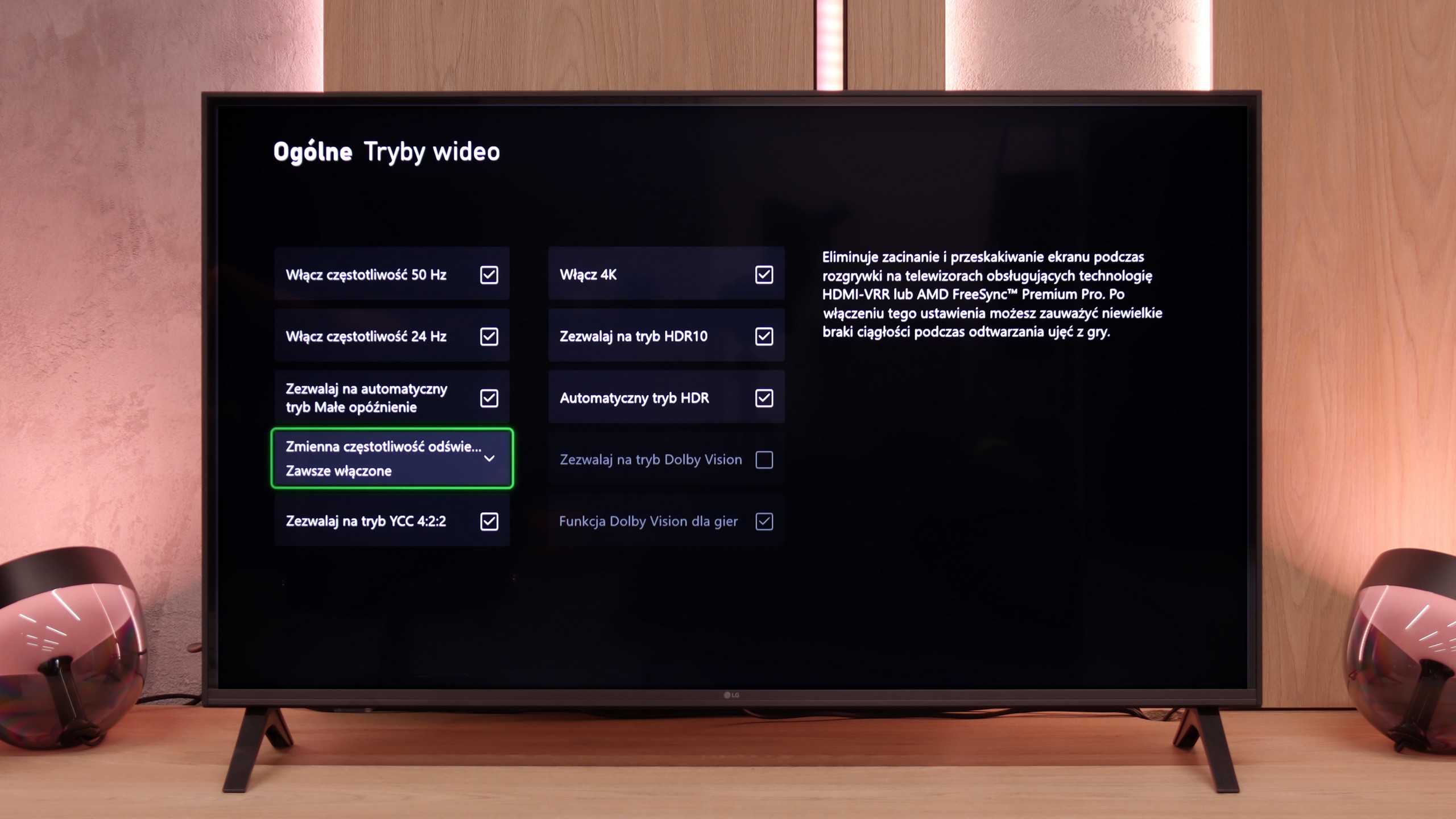
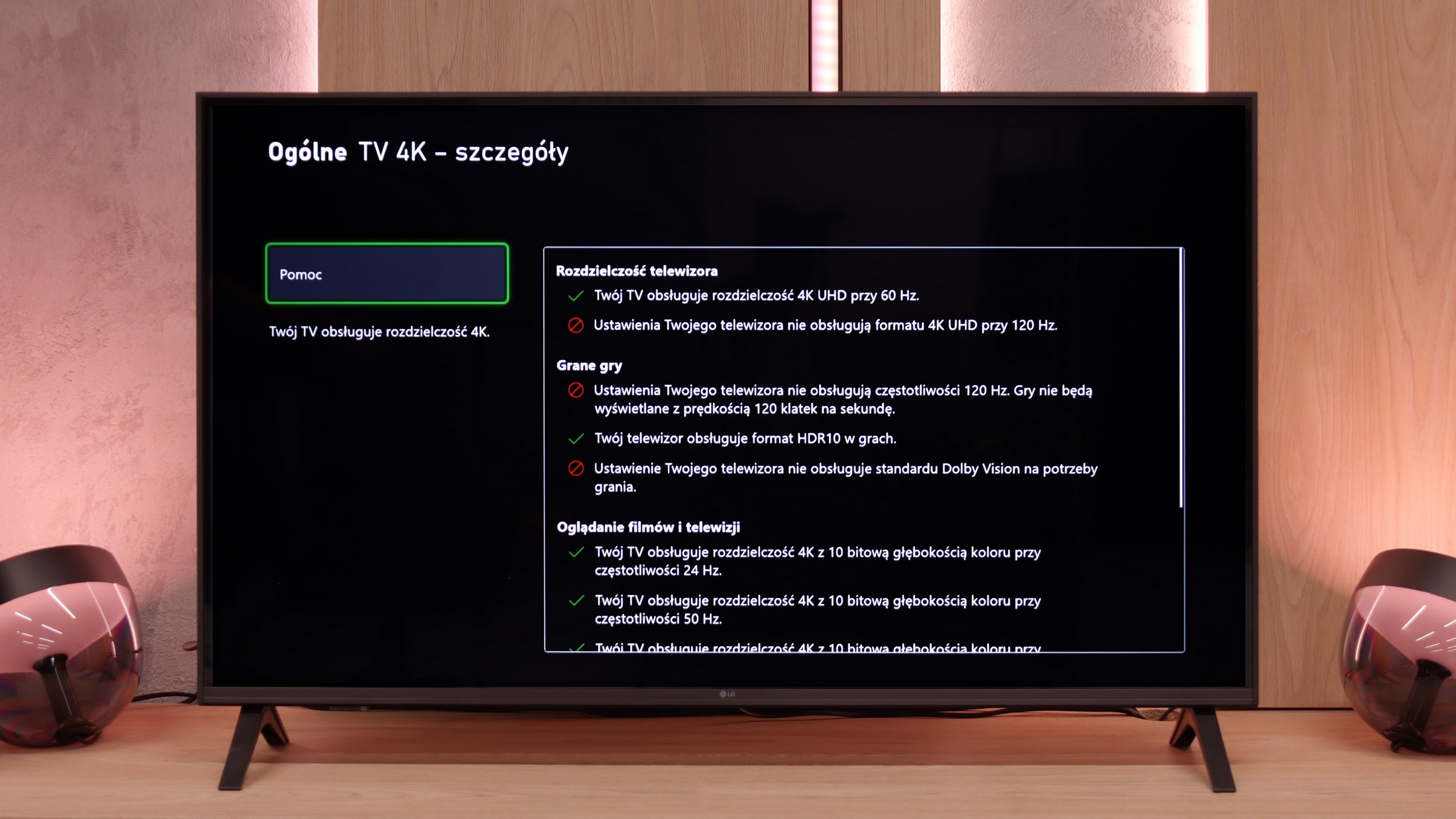
LG UA7500 is a television that can be confidently recommended to "casual" gamers. While it lacks a 120 Hz panel and HDMI 2.1 ports, so fully utilising the potential of modern consoles is out of the question. However, the manufacturer has included a few features that can enhance the gaming experience. Noteworthy is the Game Bar – a very well-designed panel where you can quickly preview and change the most important settings. From this panel, we have access to various features, including the ALLM mode (automatic switching to game mode) and frame synchronisation, namely VRR. The range of VRR is limited – it operates from 48 to 60 Hz – but the mere presence of this feature in such an affordable television leaves a positive impression.
Additionally, there is support for HGiG, which is the HDR calibration mode for gaming. This sounds good, but from our testing experience, we know that in the case of the UA7500, this option is not particularly useful. The television does not perform very well with HDR, so paradoxically better results were achieved with this mode turned off. This is another signal that the UA7500 is more of a screen for occasional gamers who value simplicity and convenience rather than for those seeking a full immersion experience with the latest consoles.
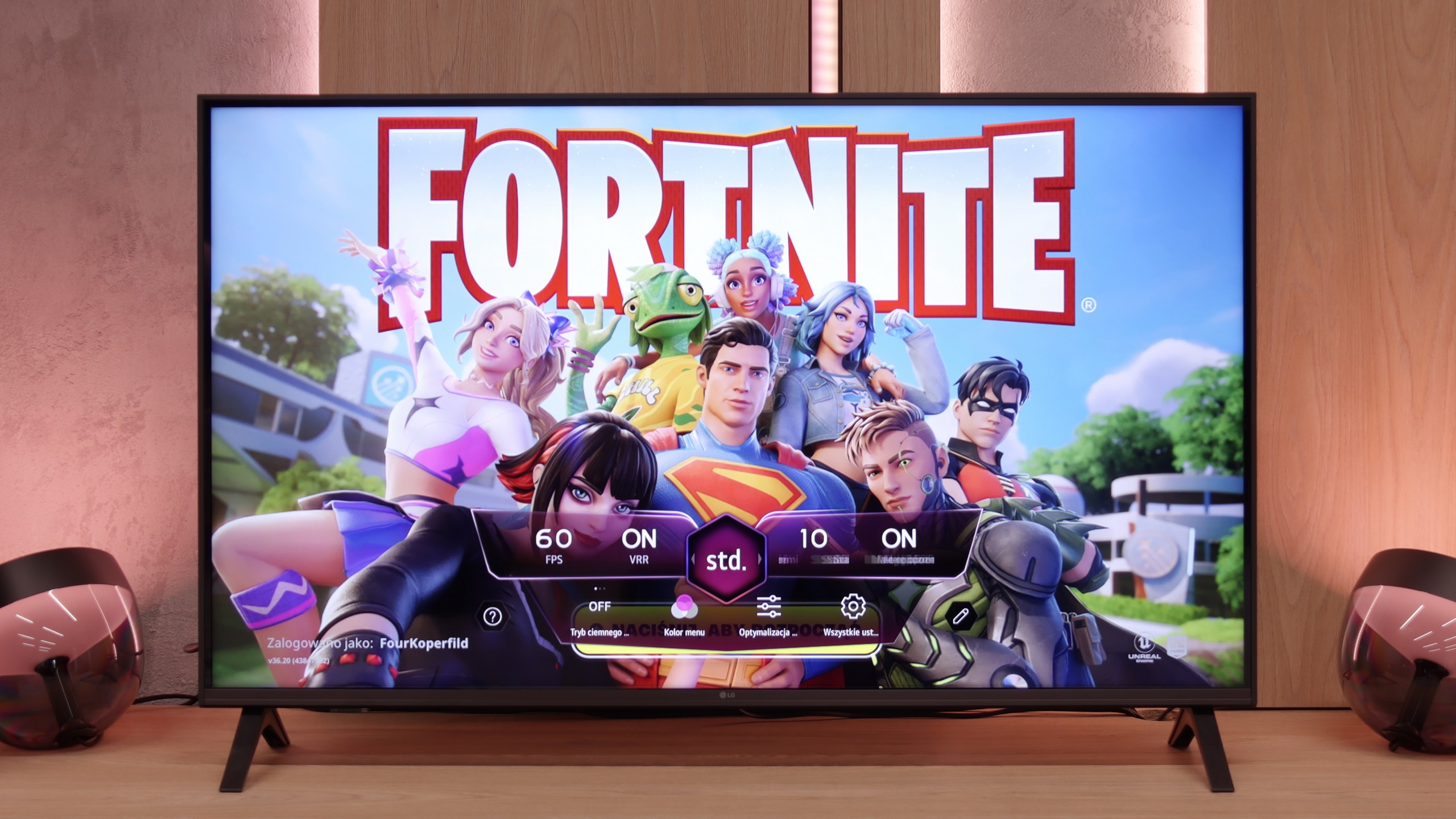
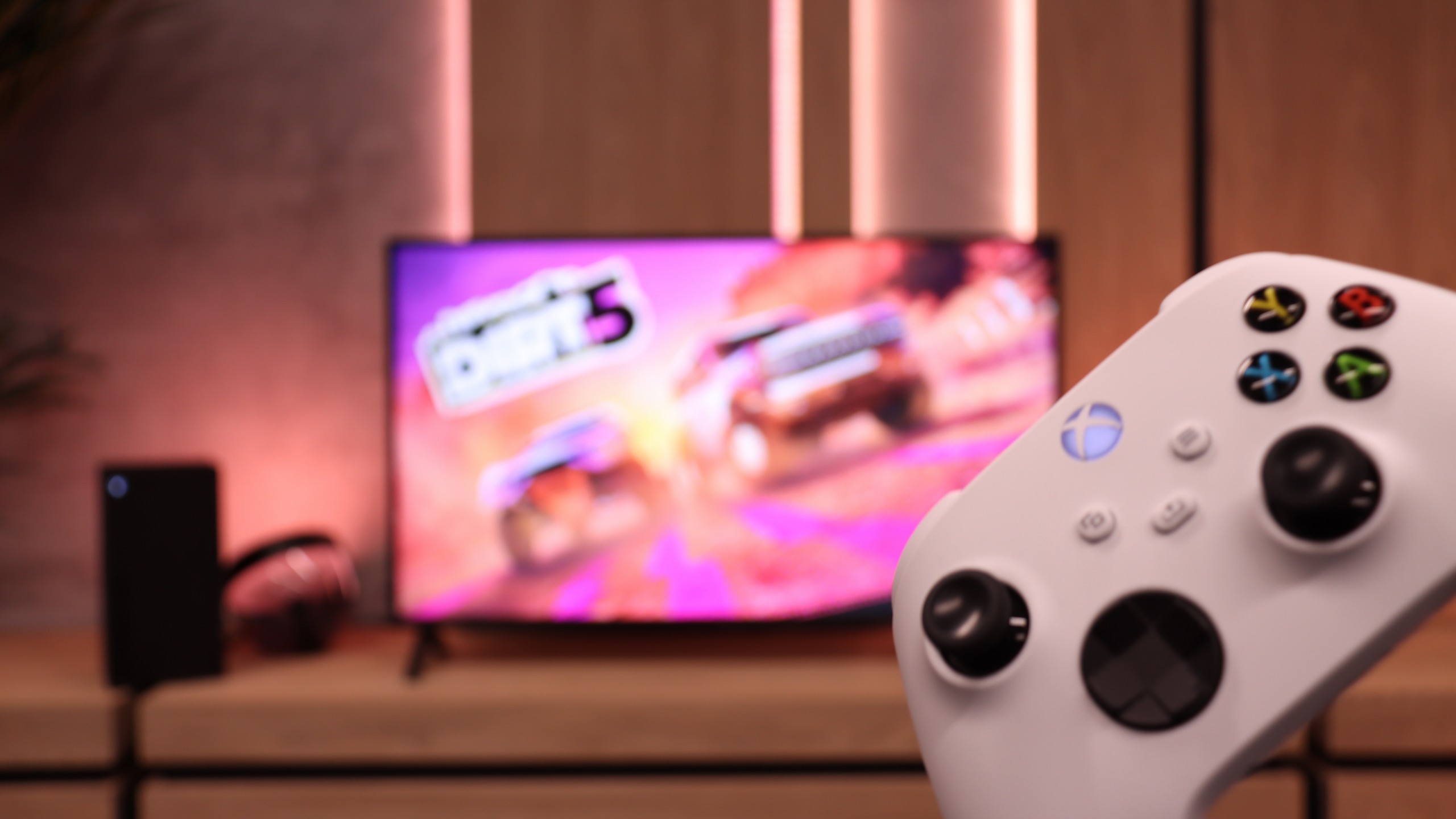

LG UA75006LA - Input lag
10/10
A delay of less than 10 ms is a result that more expensive models could easily envy. This means that games operate exceptionally responsively, and every action on the controller is immediately visible on the screen. This is one of the strongest points of this television, especially for those who enjoy firing up a console from time to time.
| SDR | HDR | Dolby Vision |
|---|---|---|
| 1080p60: 10 ms | 2160p60: 10 ms | |
| 2160p60: 10 ms |

LG UA75006LA - Compatibility with PC
6/10
Chroma 444 (maximum resolution and refresh rate): Yes
Font clarity: Very Good
Readability of dark text and shapes: Very Good
Input lag in PC mode (4K, maximum refresh rate): 10ms
Matrix subpixel arrangement: RGB
Max refresh rate: 60Hz
G-Sync: No
In the 43-inch variant, which is equipped with an IPS panel, the LG UA7500 has performed excellently as a tool for computer work. Thanks to the use of this specific panel, the readability of fonts is at a superb level – text appears sharp and clear even during extended office work. Additionally, it supports chroma 4:4:4, so coloured fonts, icons, and interface elements look phenomenal. This makes the UA7500 excel as an occasional monitor. It is not a screen designed for ardent gamers, but in the context of work and everyday use of a PC, it performs wonderfully.
LG UA75006LA - Viewing angles
6.4/10
Brightness drop at an angle of 45 degrees: 68%
The greatest advantage of the IPS variant in the LG UA7500 is the viewing angles. Even when we sit quite far to the side, the image retains its consistency – colours do not fade abruptly, and the brightness of the screen remains at a decent level. This type of panel makes the television suitable for rooms where people often watch TV together, sitting in different places. It is evident that IPS does not struggle to maintain stable colours at larger angles, which facilitates viewing with a larger group. However, it should be added that the contrast is still limited, so even if the image from the side looks even, it still lacks depth, especially in dark scenes. IPS compensates for this with a wide range of angles but at the cost of average blacks, regardless of perspective.
LG UA75006LA - Daytime performance
4/10
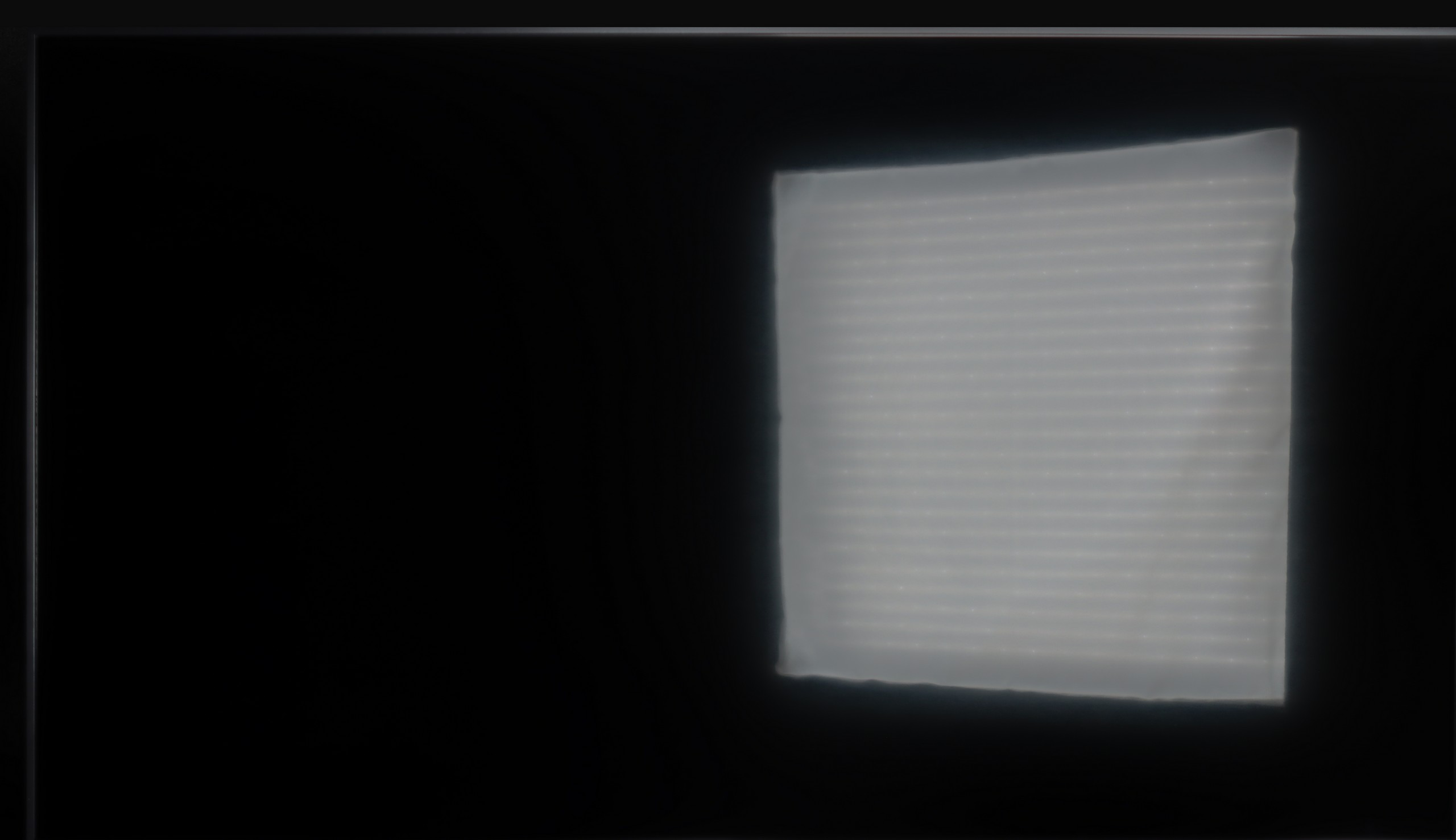
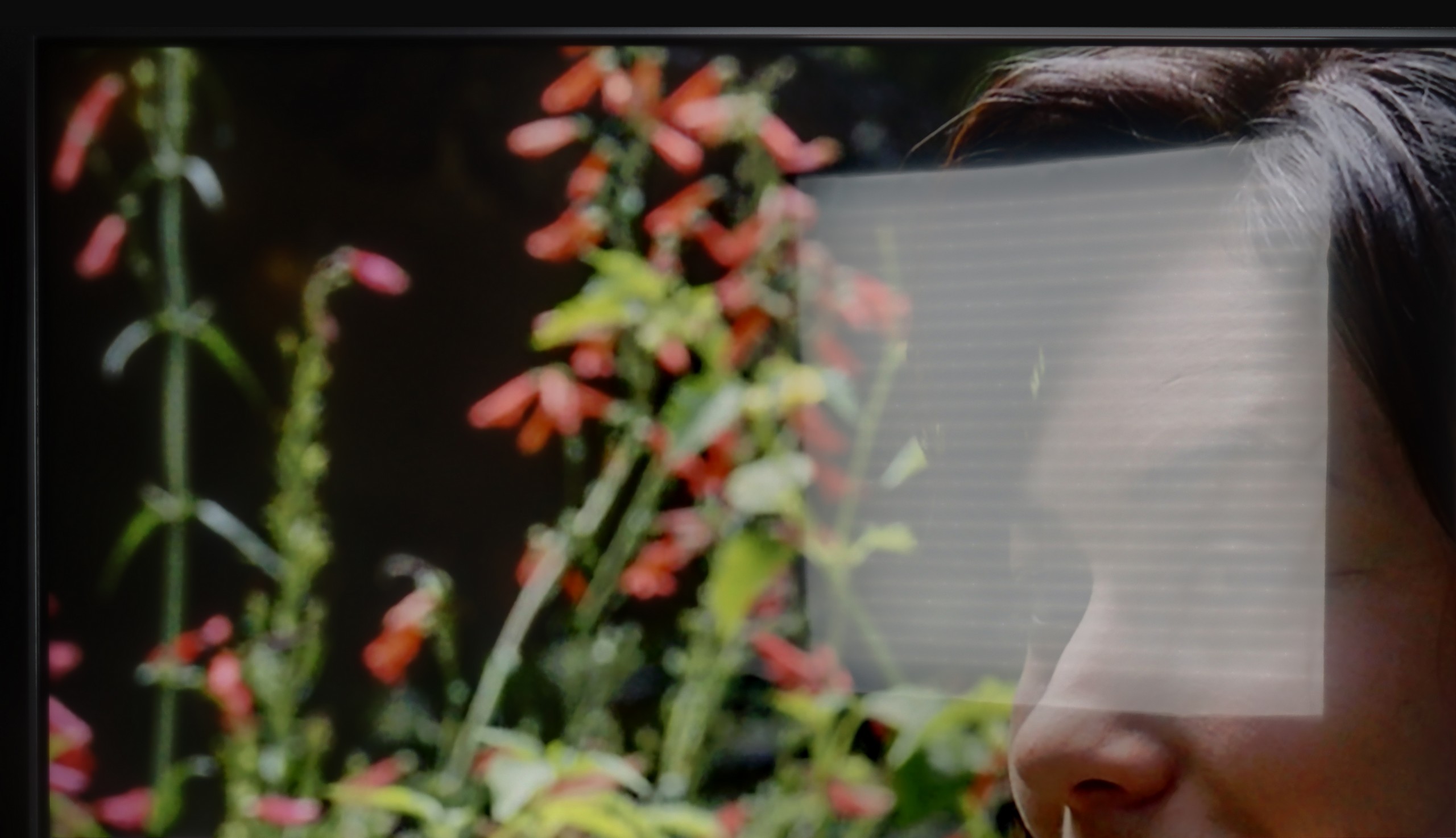
Panel finish: Satin
Reflection suppression: Decent
Black levels during daytime: Good
The IPS variant performs worse in this regard. The coating is the same – it average suppresses reflections – but the brightness is lower, at around 250 nits. This means that on sunny days the screen appears noticeably darker and is easier to lose readability. The colours still maintain their accuracy and do not fade excessively, but the lack of additional brightness reserve is noticeable. In practice, the television will perform well in rooms where light does not hit the screen directly, whereas in brighter conditions, IPS can quickly show its limitations.
Panel brightness
Average luminance SDR
LG UA75006LA (IPS): 247 cd/m2
LG UA75006LA - TV features
7/10
System: WebOS
System performance: Decent
- HDMI inputs: 3 x HDMI 2.0, 0 x HDMI 2.1
- Outputs: Toslink (Optical audio), eARC (HDMI), ARC (HDMI)
- Network Interfaces: Wi-Fi 2.4GHz, Wi-Fi 5GHz, Ethernet (LAN) 100Mbps
- TV reception: DVB-T, DVB-T2, DVB-S, DVB-S2, DVB-C
Classic features:
Recording to USB (terrestrial TV): Yes
Recording programming: Yes
Picture in Picture (PiP): No
RF remote control (no need to aim at the screen): Infrared
Backlit remote control: No
Teletext: Yes
Audio only mode: Yes
Bluetooth headphones support: Yes
Simultaneous Bluetooth headphones & TV audio: Yes
Smart features:
AirPlay: Yes
Screen mirroring (Windows Miracast): Yes
Voice search: No
Voice search in native language: No
Ability to connect a keyboard and mouse: Yes








Smart Features: WebOS
A major plus of the LG UA7500 is the use of the webOS system. We gain access to a rich library of applications, support for AirPlay, screen mirroring, and many additional features that allow us to use the television in a truly convenient way. Therefore, it is easy to connect a smartphone, watch something from streaming services, or use music applications. However, a downside is that webOS remains quite a "heavy" system and does not perform as smoothly on the UA7500 as it does on more expensive models. The situation is not helped by the fact that the manufacturer has not equipped us with a Magic remote with a cursor, which significantly speeds up navigation. We get a standard infrared remote control, lacking that "magic" wand. Of course, it can be purchased separately, but considering the cost, it is often better to pay extra for a higher LG model that already comes with such a remote.
Classic Features
In more traditional use, the LG UA7500 does not disappoint either. The remote control is equipped with a numeric keypad and a considerable number of buttons, which will certainly be appreciated by users accustomed to older solutions. Additionally, there is the ability to record programmes to USB from the built-in tuners and a fairly readable EPG interface, which makes planning a television viewing session easier. A downside remains the fact that the remote always requires aiming at the screen – but we believe that most more traditional users can forgive this, treating it as a familiar and tried-and-true tool.
Sound connection options
HDMI audio:
Other audio outputs:
Toslink: Yes
Wireless audio:
Bluetooth: Yes
Supported audio formats (external HDMI eARC audio):
Dolby Digital Plus 7.1: Yes
Dolby True HD 7.1: No
Dolby Atmos in Dolby Digital Plus (JOC): No
Dolby Atmos in Dolby True HD: No
DTS:X in DTS-HD MA: No
DTS-HD Master Audio: No
Senior accessibility
Numeric keyboard on TV: Yes
Font size adjustment: No
Audio description: Yes
LG UA75006LA - Apps
9.1/10























LG UA75006LA - Playing files from USB
8.2/10

| Maximum photo resolution: | Supported photo formats: |
|---|---|
The media player on the UA7500 works fine – films or music play without major issues and this should suffice for most people. However, one thing caught our attention: the television does not support all photo formats. In practice, this means that if we upload photographs straight from our smartphone onto a pen drive, some may simply not open. It’s a minor detail, but it’s worth keeping in mind. Fortunately, you can always use wireless streaming to display photos on the screen in another way.
LG UA75006LA - Sound
6/10
81dB
Maximum volume
Supported codecs
(TV speakers)
Dolby Digital Plus 7.1
Dolby True HD 7.1
Dolby Atmos in Dolby Digital Plus (JOC)
Dolby Atmos in Dolby True HD
DTS:X in DTS-HD MA
DTS-HD Master Audio
In terms of sound, the LG UA7500 does not impress with powerful bass or the highest volume, but it performs surprisingly well. Our impression was that it is better than most of the cheapest budget televisions and works quite well in everyday use. It will be just right for news, programs, or series.
Sound Quality Test:
Acoustic Measurements
81dBC (Max)
75dBC
LG UA75006LA - Panel details
Software version during testing: 33.20.81
Subpixel Structure:
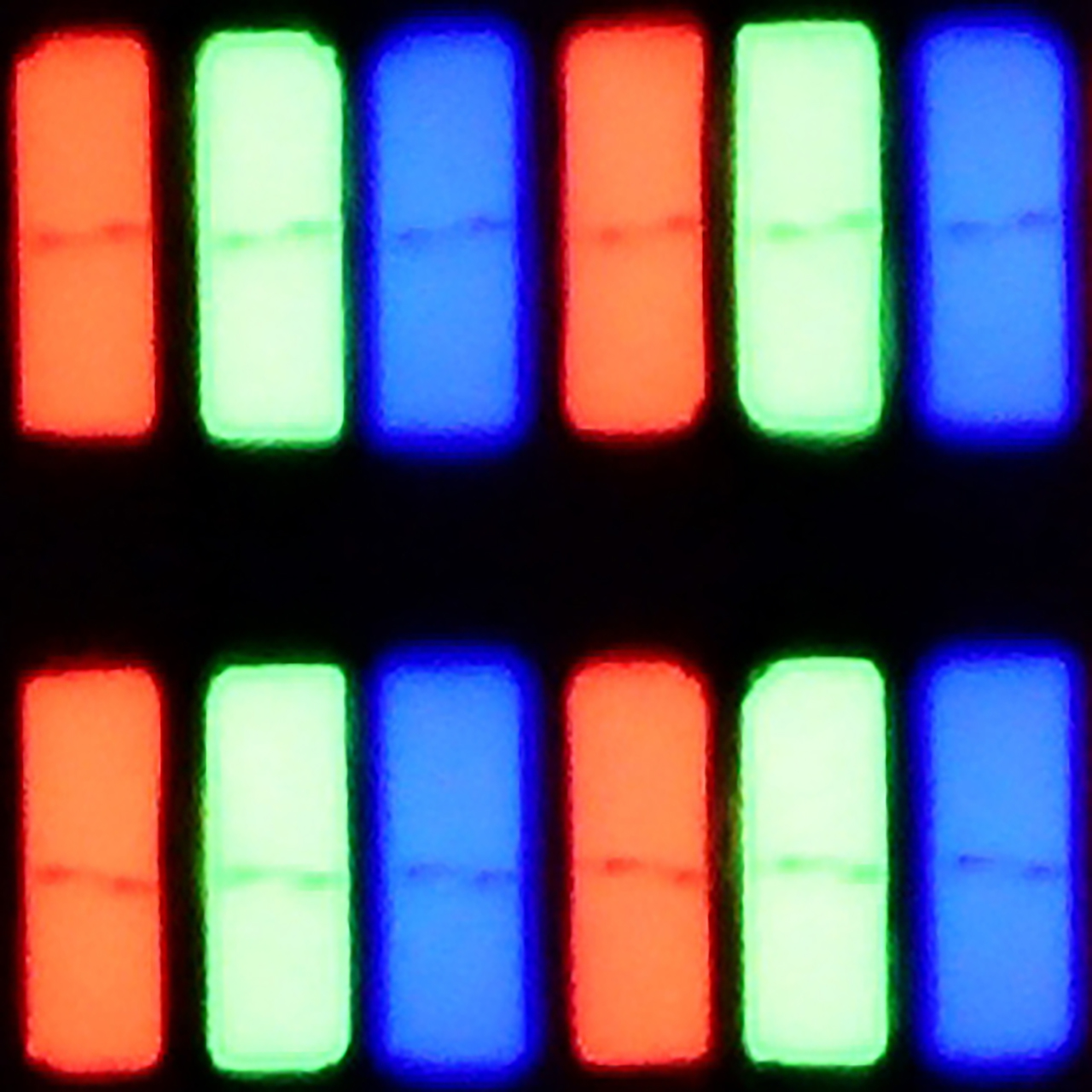
Panel uniformity and thermal imaging:
Backlight Type: White LED

Founder and originator of the "ChooseTV" portal

Journalist, reviewer, and columnist for the "ChooseTV" portal
See articles related to LG UA75006LA (IPS):
4/7/2025
6/20/2025










